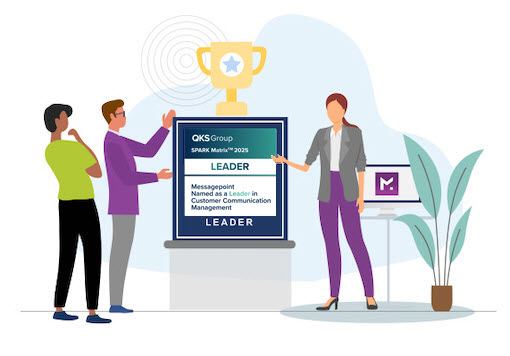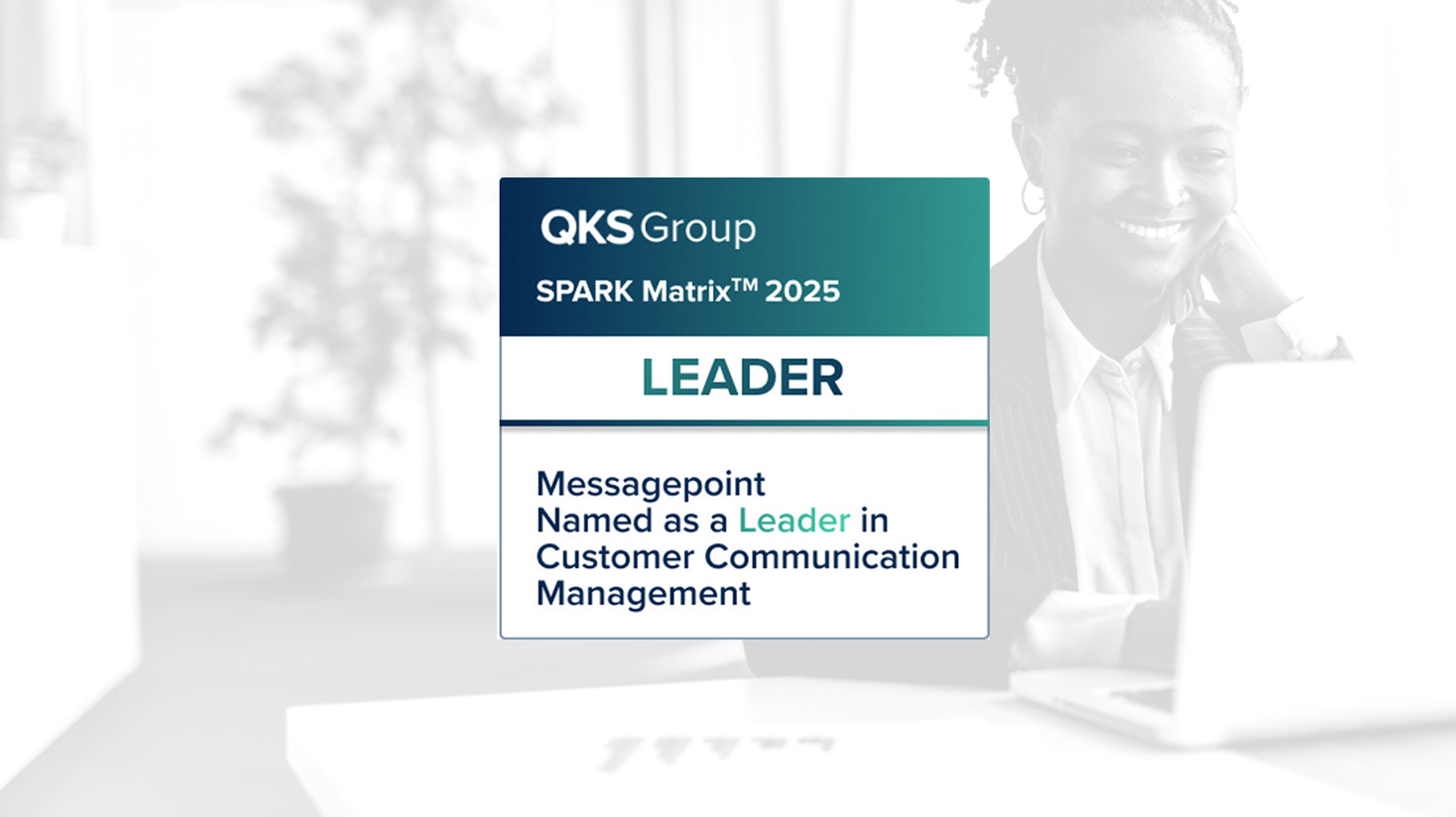
Originally published in HIT Leaders & News
It’s a familiar, tiring drill every year for those who work for Medicare Advantage Organizations (MAOs). There is a frantic rush from the time your organization makes its bid submission on the first Monday in June through the middle of August when plan materials need to go to print. Material preparation teams are tasked with preparing benefit materials such as the Annual Notice of Change, Evidence of Coverage, and Summary of Benefit that are compliant with CMS marketing guidelines, ensuring that all regulatory language, benefits and operational information is 100 percent accurate. Sitting between Product and Compliance, material preparation teams are challenged during the annual enrollment period (AEP) preparation as they process a sea of ad-hoc change requests.
Because of CMS timelines and the Sept. 30 in-home date, the annual update process typically starts ahead of benefits and plan approval being complete. So, there is risk of doing work to prepare materials for a plan, or plans, that may not receive CMS approval.
For most MAOs, the annual materials preparation process has been largely manual, resulting in increased efforts and risk of error. Many have attempted to automate the process only to find significant lead-times, costs, complexity, and ultimately a different set of challenges.
With a traditional document automation approach, data and rules drive the process. Those taking this approach spend most of their time managing a long list of business rules. One company we interviewed ended up with thousands of rules to drive benefits and content across their Individual market and Group plans. Automation was intended to simplify the annual process, reduce time and effort, and ultimately eliminate human error. Their attempt resulted in a process that requires an IT skill-set to set up and manage complex rules and a complex QA process to assess the impact of rule changes across plans, both of which have effectively eliminated any cost benefit. As a result, the team supporting materials preparation continues to work endless hours each summer.
Being data and rules driven
Setting up a data driven process is one step toward successfully automating CMS materials. Merging data from the PBP along with other elements from reference files provides the foundation for delivering variable content.
Business rules that key off data elements are another core component of the process. Rules are typically set up as the mechanism for pulling in the correct content (language) and branding images for each plan. As previously mentioned, rules can be friend and foe. Too many and you’ll have a management nightmare on your hands.
The need for content management
Content management is the third leg of the stool. The content management approach for dynamically generated/automated member communications is based on the concept of “componentized content.” For example, CMS model content is broken down into manageable sections, paragraphs and sentences, and stored into a content management system. Benefit content objects that include the benefit variable from the PBP and language to follow are also established as content objects. When processed, benefit values from the PBP merge into the benefit object, and specific language describing the benefit will turn on/off depending upon rule options. Versioning is applied to the individual content items to track changes over time. This is a standard content management practice.
It is important to find a Content Management System that is integrated with downstream document composition. This way, you can set up variable data tags in the content and test the resolution of these in real-time; quickly and easily. This will simplify and shorten proof/approval cycles.
When done correctly content management will ensure accuracy of information, reduce the number of rules and therefore the complexity of the process, and ultimately automate content changes across plans resulting in reduced time and effort—all of which reduces the potential for errata that add more cost.
The importance of a content hierarchy
Managing content at the object level is the first layer of content management necessary to establish an effective materials automation capability. Additionally, correctly establishing a content hierarchy will enable global content changes to update plans connected into the hierarchy. With this approach, model content can be updated centrally and distributed to all plan types and each plan built from the base model document. Material preparation teams typically spend a few weeks each year determining the impact of CMS model changes. A content automation solution with a correctly established content hierarchy will eliminate the time spent on this specific activity.
In every industry document control is critical but even more so in a fast-paced environment where sensitive information requires a solid method for managing it effectively. Automating the data from the PBP with a system designed to dynamically assemble the approved content with the benefit data can significantly improve control and accuracy of your plan information, as well as reduce costs and the risks of penalties. Establishing a content hierarchy that enables global content changes and also provides the flexibility to decide what changes will be inherited, and for which plan, is critical to long-term sustainability of plan customizations across the Individual and Group markets.
Establishing the data, rules and content hierarchy are three key steps to an effective, long-lasting materials automation capability. A properly architected automation solution will ensure accuracy of benefits and content, mitigating risk errata’s and increased print and fulfillment costs. Year-over-year updates will be quick and easy to perform, saving your organization time and reducing overall operational costs. Ultimately, automation could reduce the time spent updating materials by as much as 70 percent.

TORONTO, April 24, 2025 –Messagepoint has been named a 2025 SPARK Matrix™ Technology Leader in Customer Communication Management…
Read the Article
Check out the 2025 Spark Matrix for Customer Communication Management, and see why Messagepoint is a leader in…
Read the Article